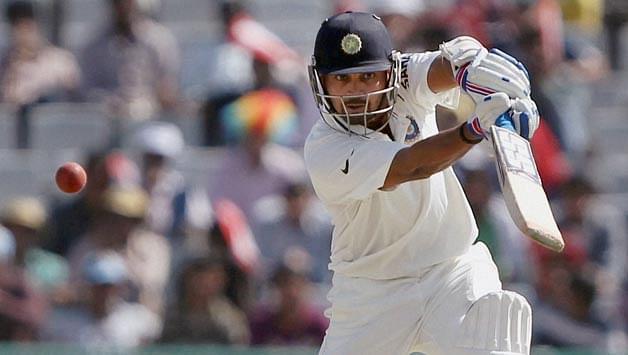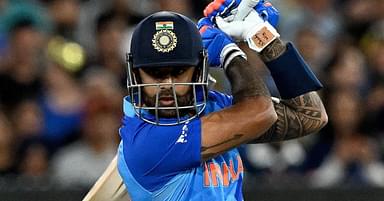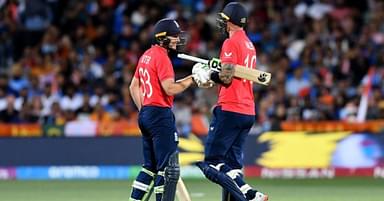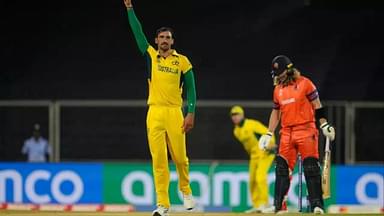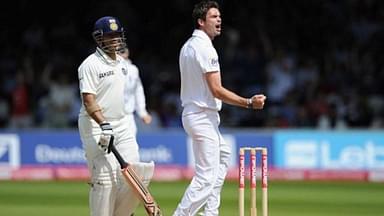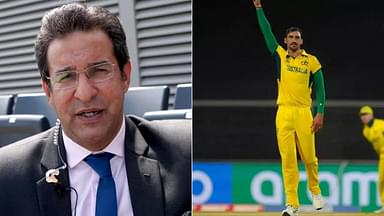On Sunday, Murali Vijay’s accidental obstruction captured the limelight. Vijay was the victim of a bizarre appeal by the English team, for obstructing the field. Ultimately, the umpires maintained that it was an accident, and ruled in the Indian opener’s favour.
Advertisement
The incident occurred early in the morning, on the last ball of the third over, of the Indian inning. After Vijay defended a length ball from Anderson back to the bowler, Anderson threw the ball towards the stumps and it hit Vijay’s pads instead. Vijay was standing outside his crease, when the ball hit him. Anderson appealed for Vijay obstructing the field. The umpires discussed the matter among themselves, and decided to carry on with play.
The rules for ‘obstructing the field’ are as follows:
- Out obstructing the field
Either batsman is out Obstructing the field if he wilfully attempts to obstruct or distract the fielding side by word or action. In particular, but not solely, it shall be regarded as obstruction and either batsman will be out Obstructing the field if while the ball is in play and after the striker has completed the act of playing the ball, as defined in Law 33.1, he wilfully strikes the ball with
(i) A hand not holding the bat, unless this is in order to avoid injury. See also Law 33.2 (Not out Handled the ball).
(ii) Any other part of his person or with his bat. See also Law 34 (Hit the ball twice).
- Accidental obstruction
It is for either umpire to decide whether any obstruction or distraction is wilful or not. He shall consult the other umpire if he has any doubt.
The on-field umpires opined that although the ball had hit Vijay, while he was standing outside the crease, he was not wilfully obstructing the field. According to the law, it was an Accidental Obstruction.
Vijay was later dismissed, caught behind, off Ben Stokes, in the 15th over.

